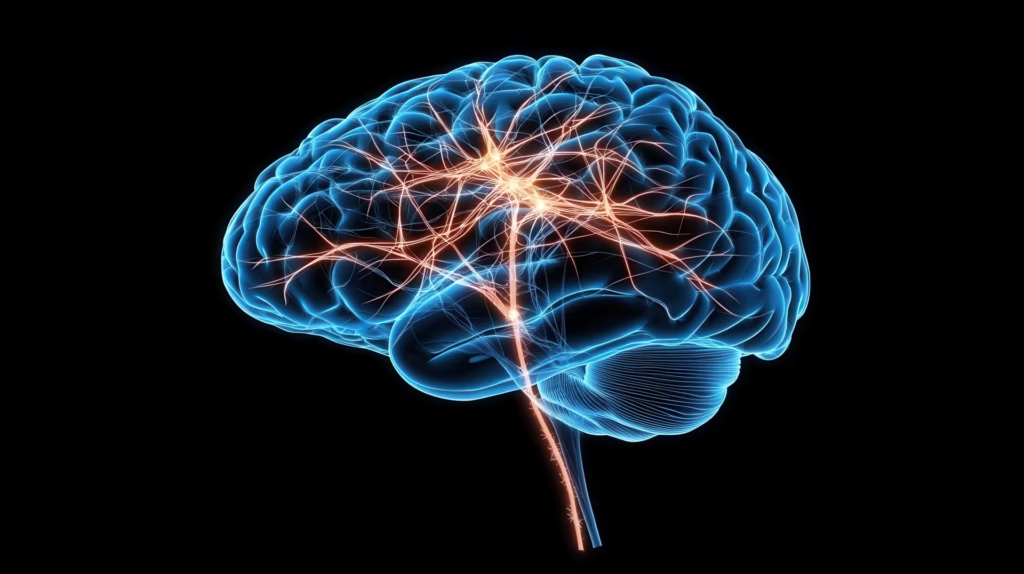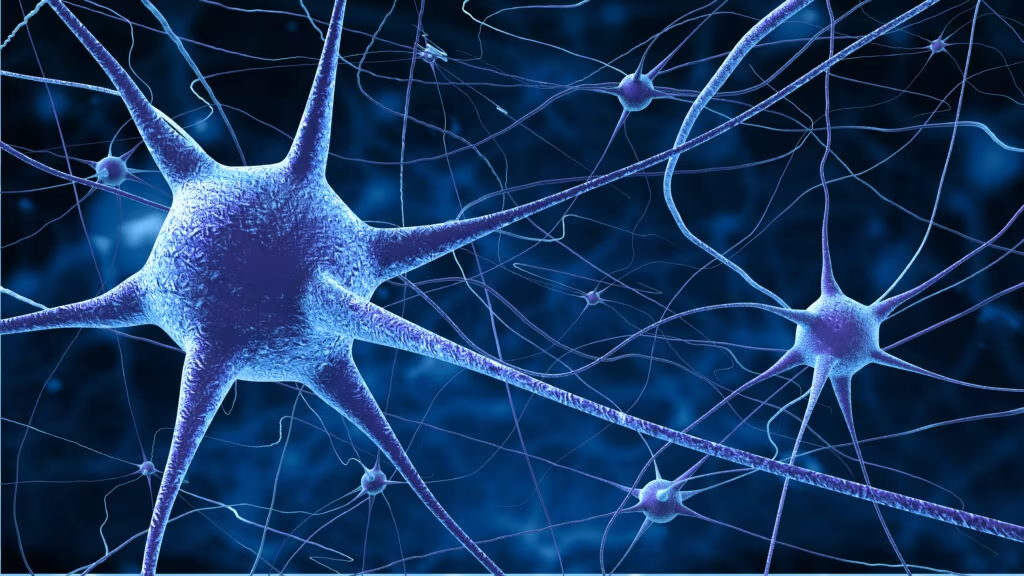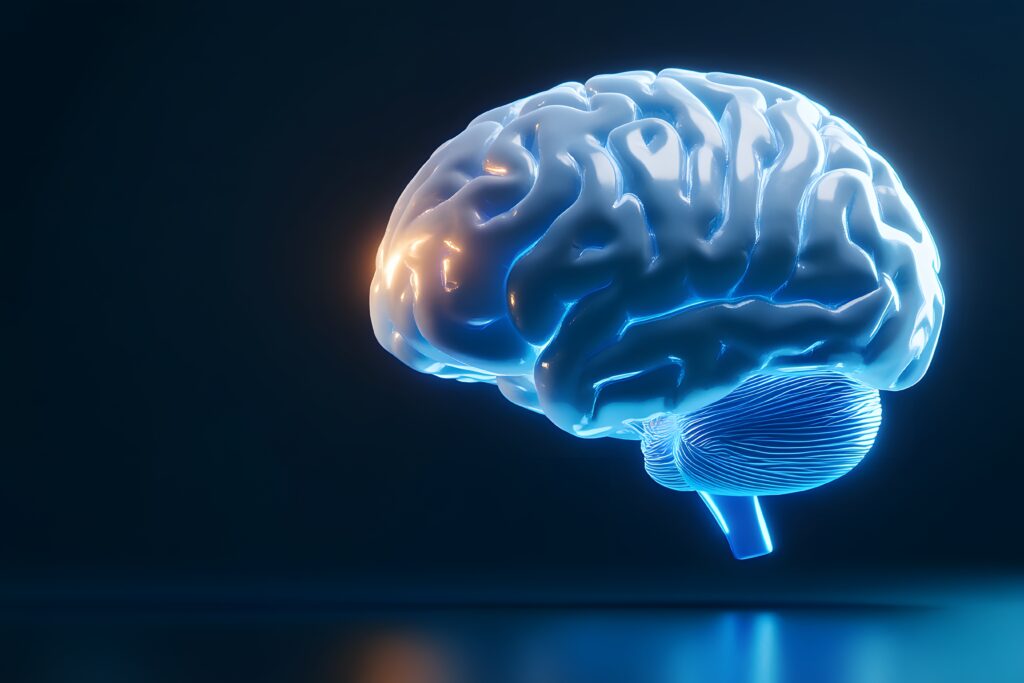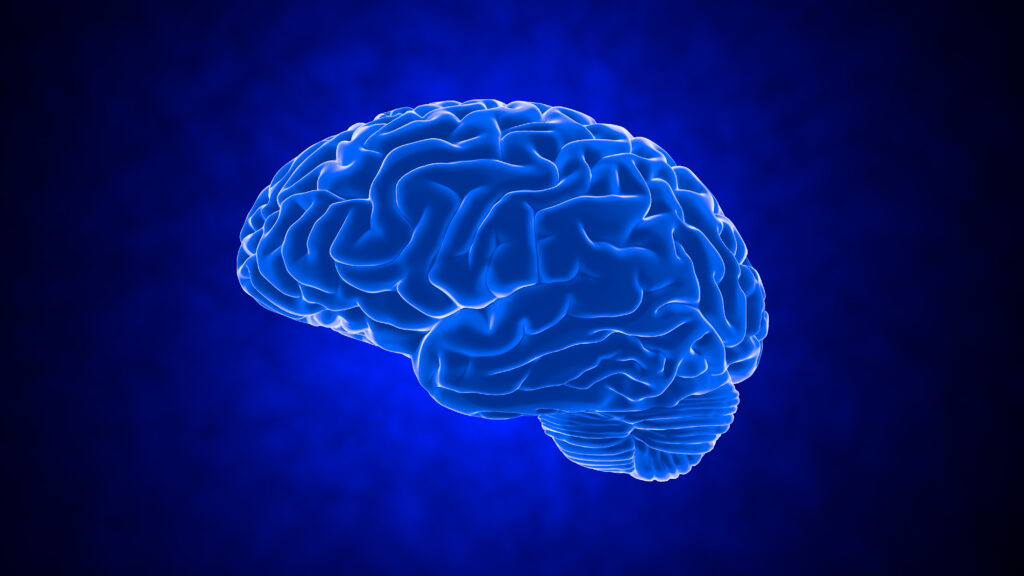Search Results
Showing Results for treatment response

Emerging data at EAN 2025 reveals key innovations across multiple neurological disease areas. In this article, you will learn:

Despite advances in targeted therapies, migraine remains a significant clinical burden. In this Q&A, you will learn:

In this episode of Visionary Voices, Dr Anthony Caggiano, Chief Medical Officer at Cognition Therapeutics, joins us to explore how biomarkers are transforming our understanding of Alzheimer’s disease, from diagnosis and disease progression to drug development and the future of clinical care.

Broadest approval to date in generalized myasthenia gravis The FDA approval of nipocalimab for generalized myasthenia gravis (gMG) introduces a targeted therapy within a validated class, offering the potential for durable disease control across the broadest patient population to date. ...

Amyotrophic lateral sclerosis (ALS) is a neurodegenerative disorder of upper and lower motor neurons that results in progressive motor impairment. ALS is the most common disease of motor neurons with an annual incidence of approximately 1.7–2.5 per 100,000 people. It is a ...

n this interview, we speak with Dr Anthony Caggiano, Chief Medical Officer and Head of R&D at Cognition Therapeutics, and Lisa Ricciardi, the company’s Chief Executive Officer. They discuss the design and findings of the phase II SHINE trial evaluating zervimesine (CT-1812) in mild to moderate Alzheimer’s disease, including important biomarker and clinical insights presented at recent international conferences. They also reflect on promising data from a study in dementia with Lewy bodies (DLB) and how these results are shaping the company’s next steps.

Amyotrophic lateral sclerosis (ALS) is characterized by the degeneration of both upper and lower motor neurons, which ultimately leads to muscle weakness, atrophy, spasticity and contractures.1 ALS typically manifests in the 50–60 years age range, although familial cases may present in ...

touchNEUROLOGY is delighted to congratulate Dr Amit Bar-Or of Penn Medicine on receiving the 2025 John Dystel Prize for Multiple Sclerosis Research, jointly awarded by the National Multiple Sclerosis Society (NMMS) and the American Academy of Neurology (AAN). This honour recognizes his groundbreaking work in neuroimmunology, precision medicine, and biomarker research in multiple sclerosis (MS).

Over the past two decades, the understanding and management of multiple sclerosis (MS) have advanced dramatically, reshaping long-held views of the disease. MS is now increasingly seen as a continuous spectrum rather than a condition with distinct phases, with evidence showing it can begin silently, even before clinical symptoms emerge. Technological and diagnostic innovations have enabled the detection of early brain changes and biomarkers, opening doors to earlier diagnosis and intervention. New diagnostic criteria allow MS to be identified without a clinical event, and studies on disease-modifying therapies (DMTs) support the benefits of early treatment. A major shift in treatment strategy is also underway, emphasizing early, aggressive approaches and therapies that target progression rather than just relapses, which are no longer seen as the main driver of long-term disability. A pivotal development in MS research is the confirmation of Epstein–Barr virus (EBV) as a fundamental trigger of the disease, with new evidence pointing to specific viral protein regions as higher-risk factors. Despite these strides, MS research remains a dynamic and evolving field, with much still to be uncovered beneath the surface.

Seizures are one of the most frequent neurological disorders in neonates − the incidence of seizures in infants born at term is 1–3 per 1,000 live births, and is even higher in both preterm and very-low-birth-weight infants at 1–13 per 1,000 live births.1 Seizures may ...

Chronic inflammatory demyelinating polyradiculoneuropathy (CIDP) is a rare, autoimmune neurological disorder in which peripheral nerve demyelination typically results in weakness, impaired limb sensation, fatigue and pain.1–4 CIDP may adversely affect activities of daily living, with a substantial impact on functional ...

The phase 3b SMART study has shown that 83% of paediatric patients with spinal muscular atrophy (SMA) weighing between 8.5 and 21 kg achieved significant motor improvements following treatment with intravenous onasemnogene abeparvovec in a recent article published in Neurology.

Diabetic striatopathy (DS) is a rare hyperglycaemic condition associated with one or both of the following criteria: (1) acute-onset chorea–ballism (random, flowing and nonsuppressible involuntary movements) and (2) striatal hyperdensity on computed tomography (CT) scan or T1-weighted magnetic resonance imaging (...

A new study published in Nature Neuroscience1 has uncovered significant insights into the progression of Alzheimer’s disease (AD), providing a new understanding of how the disease damages the brain. Funded by the National Institutes of Health (NIH) and led by researchers from the Allen Institute, this study used advanced brain mapping and genetic tools to explore the cellular-level changes that occur throughout AD. The findings reveal that Alzheimer's progresses in two distinct phases, offering potential avenues for early diagnosis and treatment strategies.

In our latest Q&A, we are delighted to welcome Editorial Board member Dr David Hafler, William S. and Lois Stiles Edgerly Professor and Chairman of the Department of Neurology at Yale School of Medicine, as well as Neurologist-in-Chief at Yale-New Haven Hospital. Dr Hafler's groundbreaking work in multiple sclerosis (MS) research has helped establish the disease as an autoimmune disorder and led to the development of therapies such as natalizumab. His contributions include identifying myelin-reactive T cells, uncovering the genetic and molecular mechanisms underlying MS, and exploring the role of salt in driving autoimmune responses. A highly cited neurologist, he has received numerous awards, including the Dystel Prize, the Raymond Adams Award, and the NIH Javits Investigator Award, and is a member of the National Academy of Medicine.

Myasthenia gravis (MG) is an autoimmune disorder where antibodies disrupt the neuromuscular junction, causing muscle weakness that worsens with activity. MG subgroups are based on muscle weakness location, age, antibody type, and thymus pathology, with some patients experiencing severe, treatment-resistant symptoms. Biomarkers can indicate prognosis. First-line treatments include pyridostigmine for symptomatic relief and immunosuppressants like prednisolone and azathioprine. Thymectomy is recommended for certain patients. Second-line treatments include mycophenolate, rituximab, and others, with new therapies like complement and FcRn inhibitors showing promise. Intravenous immunoglobulin and plasma exchange are used for acute exacerbations. Supportive therapy, including adapted exercise, is crucial. In refractory cases, comorbidities and diagnosis accuracy should be reconsidered.
Latest articles videos and clinical updates - straight to your inbox
Log into your Touch Account
Earn and track your CME credits on the go, save articles for later, and follow the latest congress coverage.
Register now for FREE Access
Register for free to hear about the latest expert-led education, peer-reviewed articles, conference highlights, and innovative CME activities.
Sign up with an Email
Or use a Social Account.
This Functionality is for
Members Only
Explore the latest in medical education and stay current in your field. Create a free account to track your learning.



